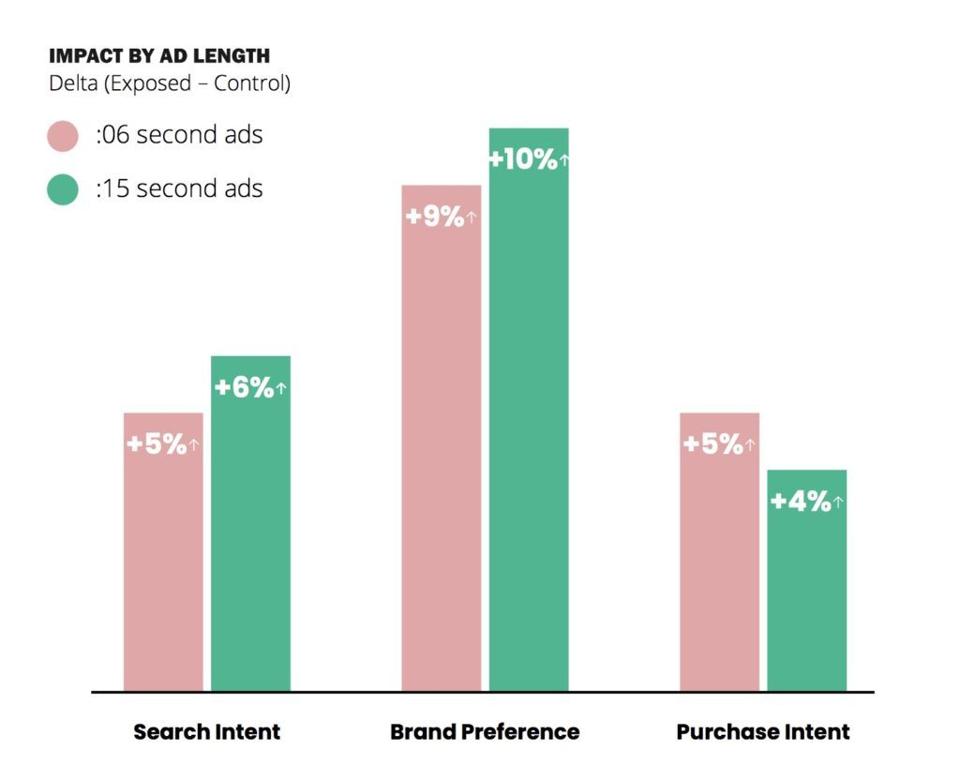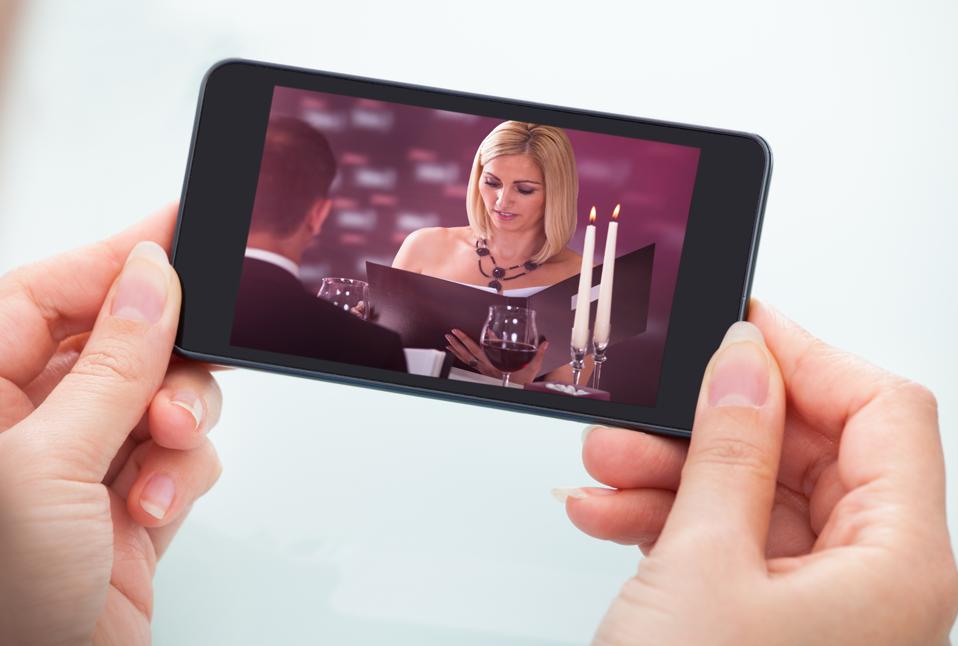Mobile phones are increasingly acting as TVs and displaying full-length video shows, and plenty of … [+]
GETTY
Advertisers are always battling against the seemingly innate feeling of people that “they just don’t like ads.” Advertisers are often looking for new angles, new twists, and new ad “products” that will grab the consumers’ attention and allow their brand, product or service to stand out among the population. Some advertisers have tried to make their ads look like “newscasts” or “content specials”, others regularly use known celebrities, as well as various “gags” to get consumers’ attention.
Sometimes I feel like the advertisers are focusing on just trying to “trick” people into watching an ad, rather than asking themselves a more fundamental question, “how can we make advertising more appealing to consumers?” One of biggest complaints consumers have about advertising, be it on TV or on digital platforms, is that ads interrupt, they get in the way, of content I want to watch, or listen to, or read.
Why then haven’t advertisers tried shorter ads? If an ad is 15 seconds and not 30 seconds on TV, then it is half as intrusive. Likewise, in digital video advertising, consumers might see 30 second and 15 second ads as “long”, but they will tolerate a 6-second ad (like many of the ads on YouTube.) We can’t force advertising our consumers, we have to make it at least somewhat inviting, and hopefully (and more advanced targeting will allow this) directly relevant.
So then what evidence do we have that shorter ads are better ads? I know many years ago I heard from a large media company that they had tested promo ads for their own TV shows and that they had tested 30 second ads against 15 second ads and found that the shorter ads drove better recall for the promos.
More recently, MAGNA, a well-respected business intelligence and consulting company, in collaboration with the IPG Media Lab, and one of the top companies in social media, Snap, conducted a study comparing 15 second ads against 6 second ads in the mobile video space. Even though the 6 second ads are MORE than 50% shorter that the standard 15 second ads, they still had the same impact (actually slight more) than the longer ads, as measured by key metrics.

Short mobile video ads only six seconds long are as effective as longer ads of 15 seconds.
MAGNA/IPG
Furthermore, this study found that both 6 second and 15 second ads were equally successful on mobile devices in driving the same level of aided recall for the product or brand, but the 15 second ads were considered more intrusive by the viewers.
Brands, products, service and all advertisers should seek to explain concisely and directly, particularly when advertising in the digital environment, what the value proposition of the item being advertised is and why it is relevant. The traditional TV ad world should look at trying much shorter ads on the TV platforms, and perhaps even less ads per show. Some advertisers might then pay a premium for shorter, better ads, that are not hidden away among the clutter of ads on TV and on digital platforms.
Wouldn’t it be great if the major advertisers followed the mantra by customer advocates to, “surprise and delight the consumer” by offering up shorter, more compelling ads.
